As Singapore grapples with the rising challenge of dengue cases and El Niño, the need for effective mosquito control measures has become more important than ever. With dengue cases on the rise, many Singaporeans are exploring various methods to protect themselves and their families from the relentless onslaught of these disease-carrying mozzies. One common question that arises is whether aircons, a universal outlet in every Singaporean home, can serve as a shield against mosquitoes. Especially the ones that are carrying dengue. Let’s look into this common question to understand the role of aircon in mosquito prevention amid the escalating dengue situation.
Dengue Outbreaks and the Impact of El Niño
Dengue fever, transmitted by Aedes mosquitoes, often spikes during warmer months when these mosquitoes breed more actively. In Singapore, 2024 has seen a significant rise in dengue cases, partly exacerbated by El Niño. This climate phenomenon, known for causing hotter and drier conditions, creates a favorable environment for mosquito breeding. Warmer temperatures also accelerate the mosquito life cycle which leads to larger populations and increases the risk of dengue transmission.
El Niño’s effects underscore the need for preventative measures. Especially as rising temperatures make controlling the mosquito population more challenging. Singapore’s National Environment Agency (NEA) has been actively promoting awareness about eliminating stagnant water, but what about the role of aircon?
Can Aircon Deter Mosquitoes?
Aircon can play a role in creating an environment less conducive to mosquitoes. Here’s how:
| Temperature Regulation | Lowering indoor temperatures with aircon makes it less comfortable for mosquitoes to stay and breed indoors. An environment maintained at cooler temperatures (around 18-20°C) is less attractive to mosquitoes, as they are most active in temperatures above 24°C. |
| Humidity Control | Mosquitoes prefer humid conditions, typically above 60%. Aircon units help reduce indoor humidity levels, making the space drier and less inviting for mosquitoes. With humidity control, aircon creates a double deterrent by making indoor spaces cooler and drier. Both unfavorable conditions for mosquitoes. |
| Physical Barrier | Using aircon often means keeping windows and doors closed, reducing entry points for mosquitoes. In aircon rooms, this can serve as a physical barrier to prevent mosquitoes from entering. |
While aircon cannot kill mosquitoes, it does make the indoor environment less appealing and reduces the likelihood of mosquito intrusion. This, in turn, lowers the risk of dengue infection indoors.

Limitations of Aircon as a Mosquito Control Method
Despite its benefits, aircon is not a foolproof solution against mosquitoes. Solely relying on aircon is insufficient as mosquitoes can still linger in spaces like bathrooms or kitchens. Mosquitoes are also adaptable and may find ways into aircon spaces, particularly if there are gaps in doors or windows.
Additionally, the cause of mosquito infestation is stagnant water. Hence, using aircon does not address the root cause. For a better control of the situation, it’s important to remove standing water sources where mosquitoes can breed — such as plant saucers, clogged drains, or outdoor containers.
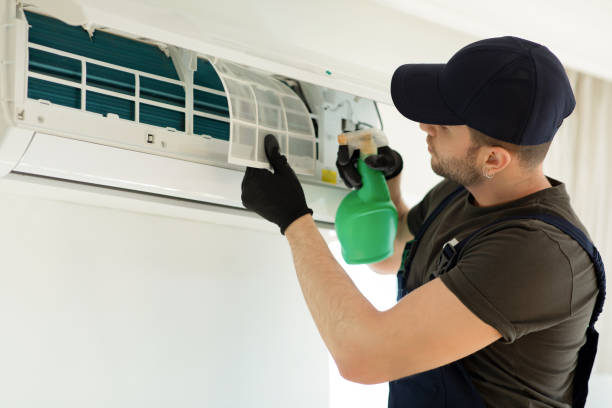
Additional Measures for Enhanced Protection
To maximize the effectiveness of aircon in reducing mosquito presence, consider complementing it with these additional measures:
| Consider Natural Remedies | Essential oils, such as citronella, eucalyptus, and lavender help repel mosquitoes. While these are not as effective as aircon or repellents, they can be an additional deterrent when used alongside other measures. |
| Install Mesh Screens | Mesh screens on windows and doors allow for ventilation while blocking mosquitoes from entering. This is particularly useful for those who prefer to keep windows open without compromising on protection. |
| Regular Aircon Maintenance | A well-maintained aircon unit is crucial for consistent humidity control. Be sure to clean and service your aircon regularly to prevent water leaks that can create breeding spots for mosquitoes. |
| Use Mosquito Repellents | Applying mosquito repellent lotion or using plug-in repellents provides an additional layer of protection. Repellents can be particularly effective in spaces where aircon is not used, such as balconies or patios. |
| Remove Stagnant Water | Regularly check places where water can accumulate, such as flower pots, outdoor drains, and gutters. Mosquitoes need only a small amount of water to breed, so vigilance is key. |
Holistic Approach to Dengue Prevention
Although the easier way to repel mosquitos from entering your home is by using the aircon, it shouldn’t be the only strategy in place. Effective dengue prevention requires a combination of tactics that target mosquitoes at different stages of their life cycle and addresses both the indoor and outdoor environments.
As such, it’s always good to work together with your neighbors, and keep an eye out for potential breeding sites in your neighborhood. Along with using aircon, it’s also good to wear UV long sleeves and mosquito repellents when heading to highly invested places — like parks or beaches — to reduce your exposure to mosquito bites. Lastly, stay informed about peak dengue seasons and take extra precautions during those times.
Final Thoughts
The many uses of aircon can beat the heat on top of contributing to mosquito control by creating a less ideal environment for breeding and limiting indoor mosquito access. It should also be noted that this can be viewed as part of a holistic approach to dengue prevention. However, while aircon cannot directly kill mosquitoes, combining the use of aircon with the complementary mosquito control measure can minimize the risk of the spread of dengue and make your home less hospitable for the pesky insects to set up camp.
As dengue cases continue to rise, it is important for all to remain vigilant and proactive to fight against mosquitoes. Remember to keep your home cool and dry!


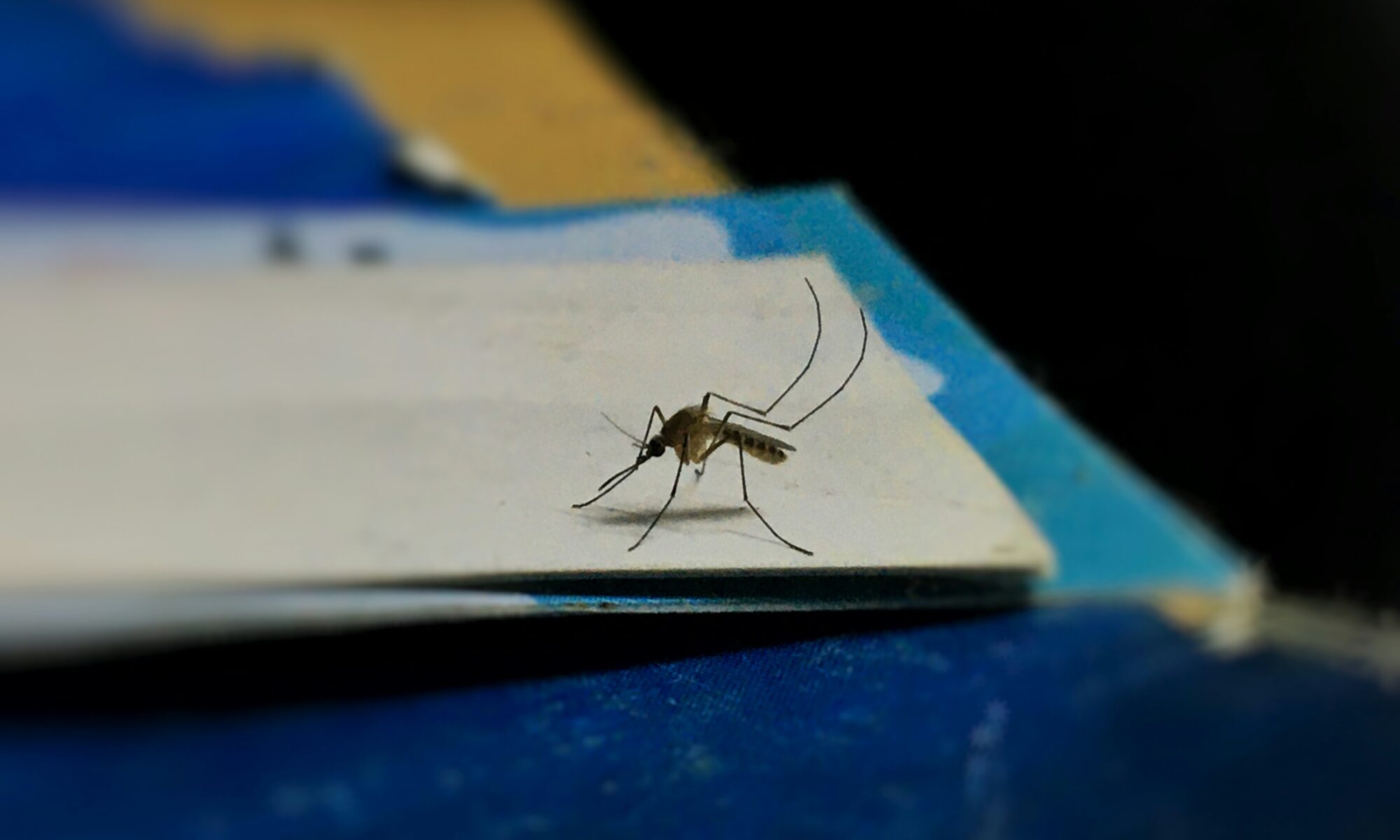
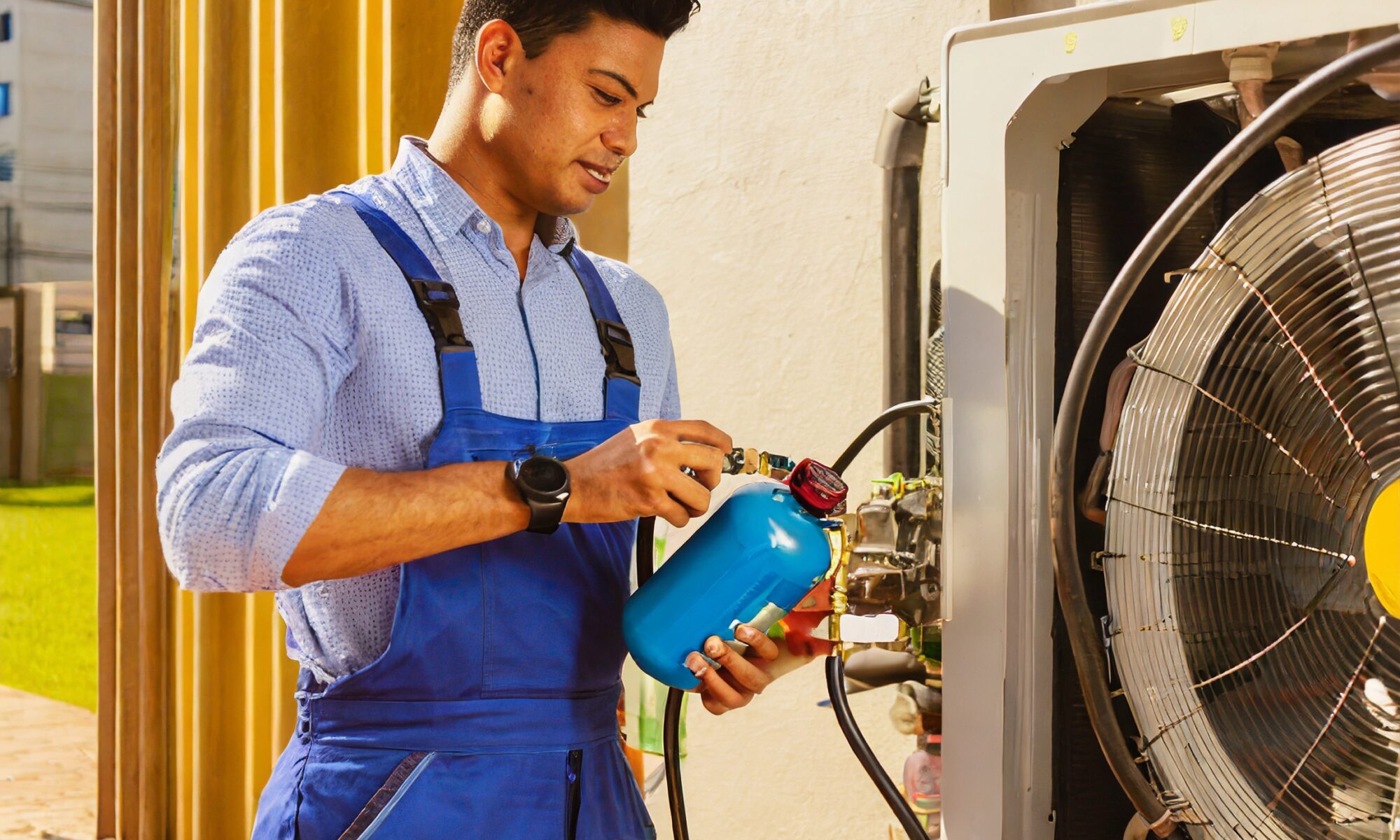
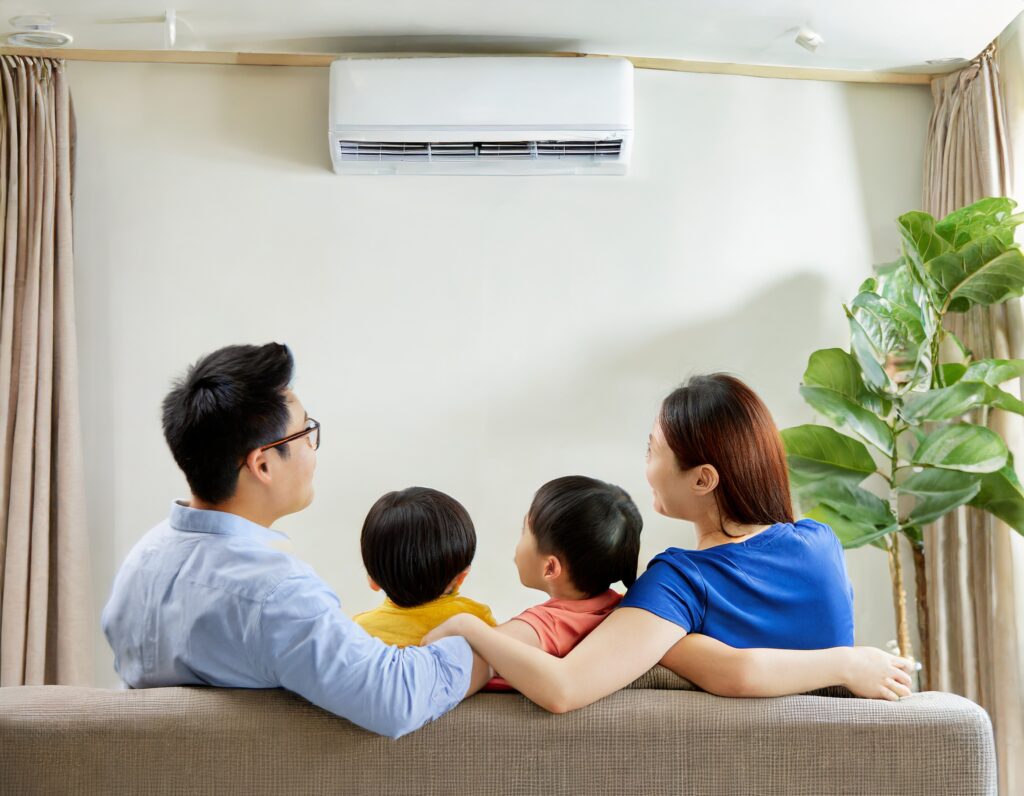
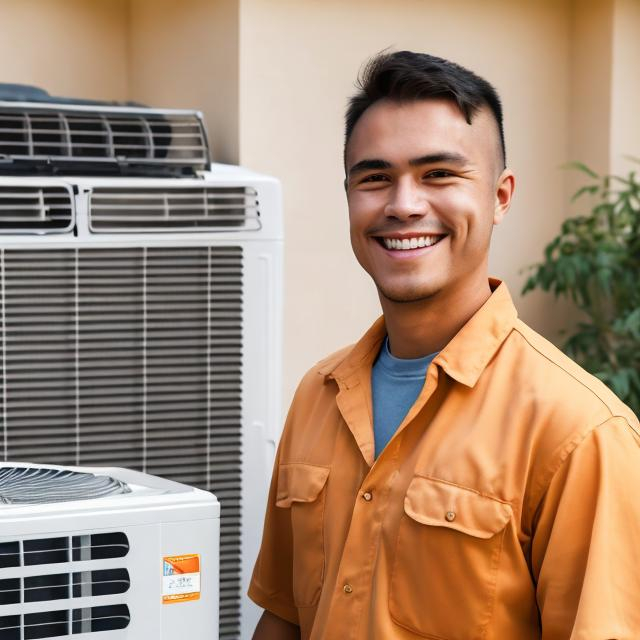
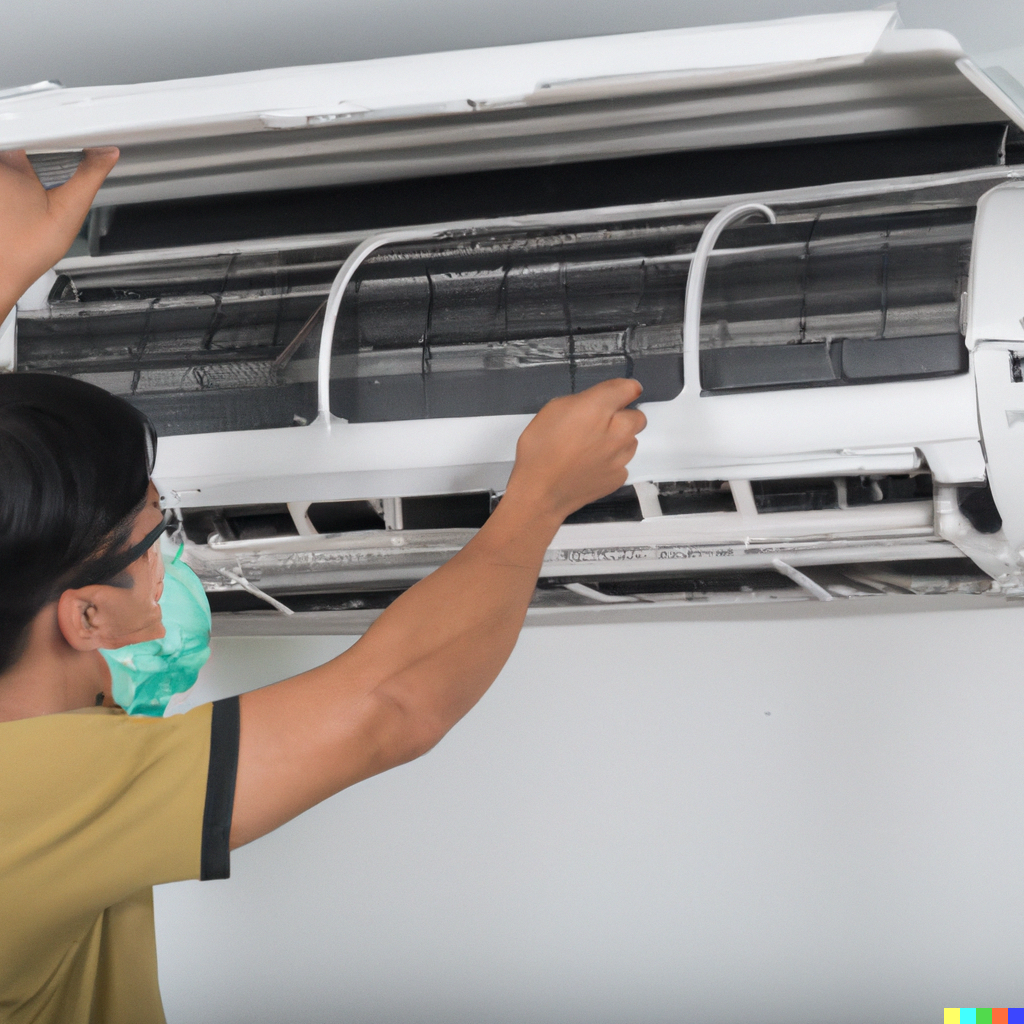
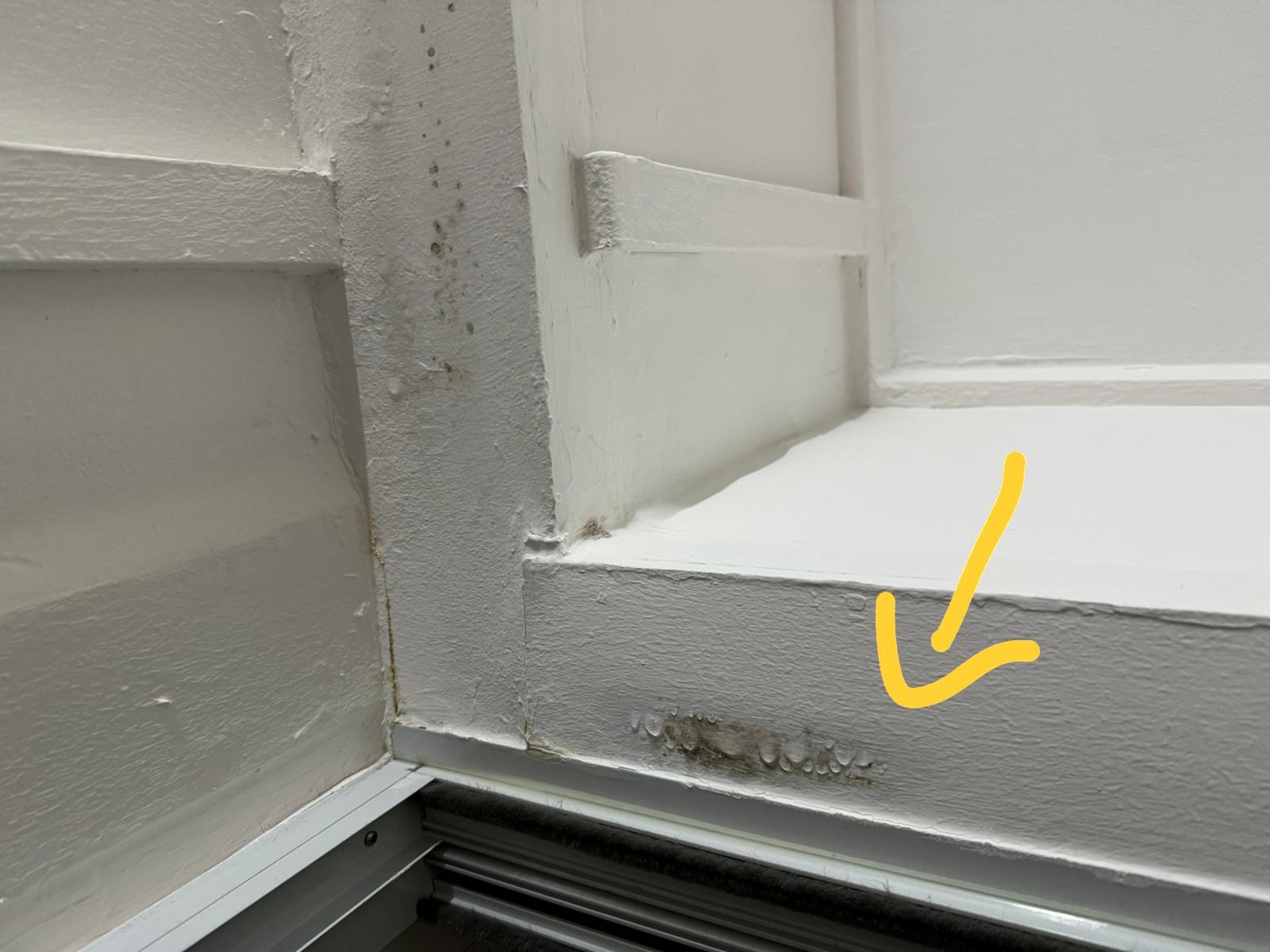
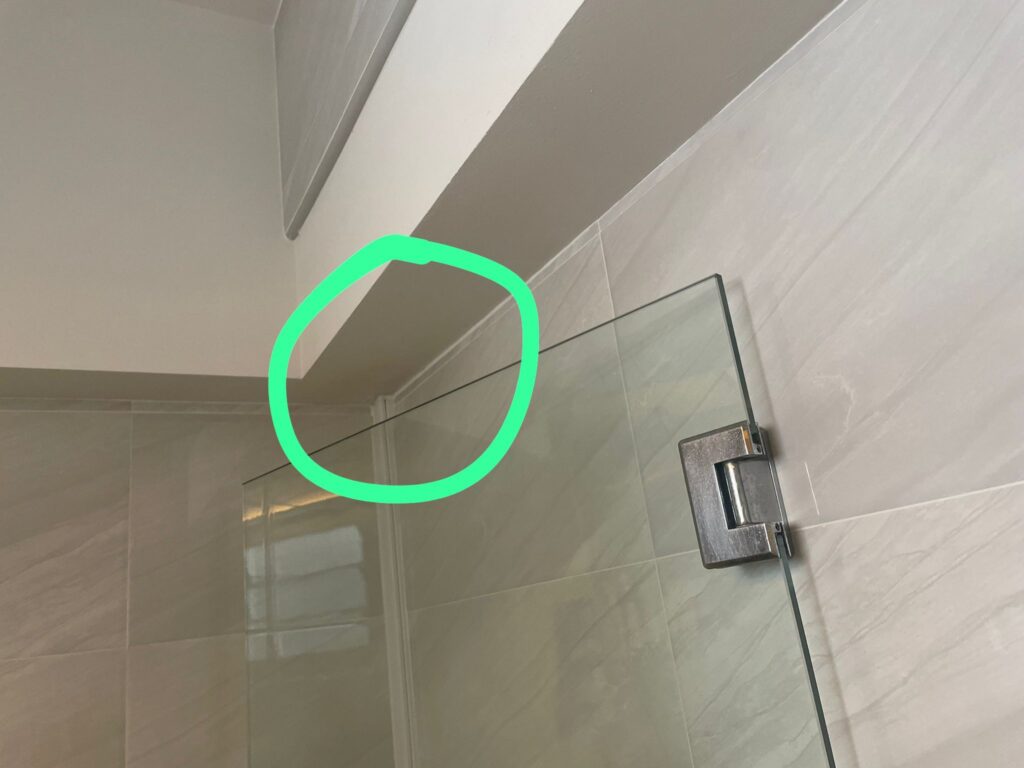
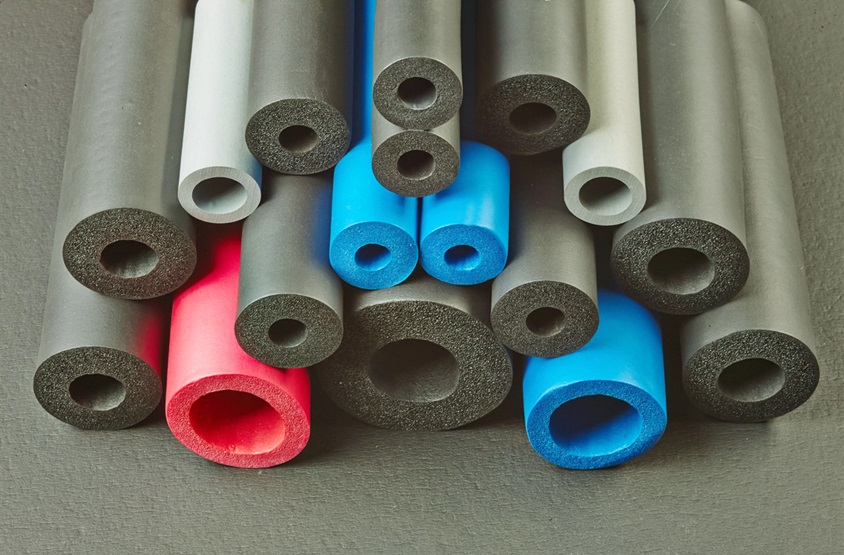
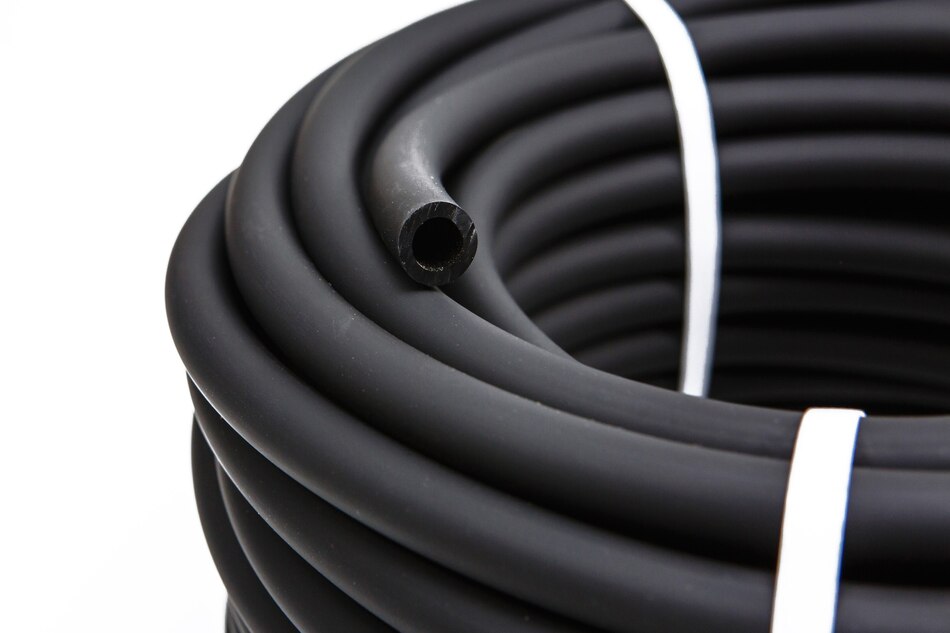
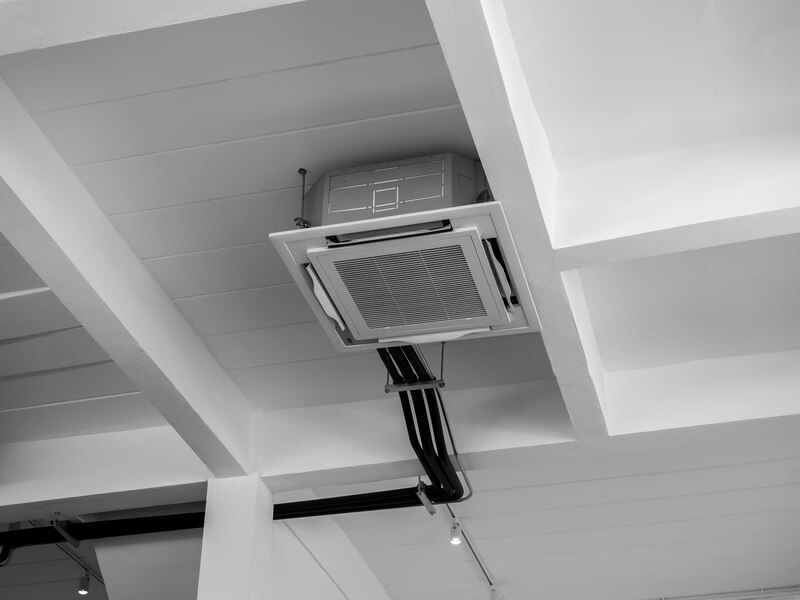
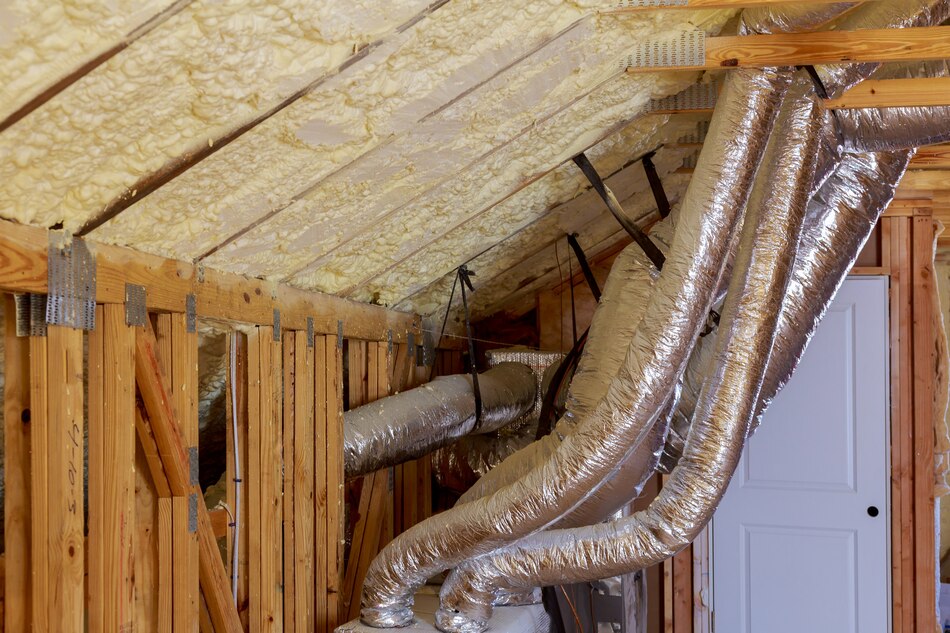
You must be logged in to post a comment.